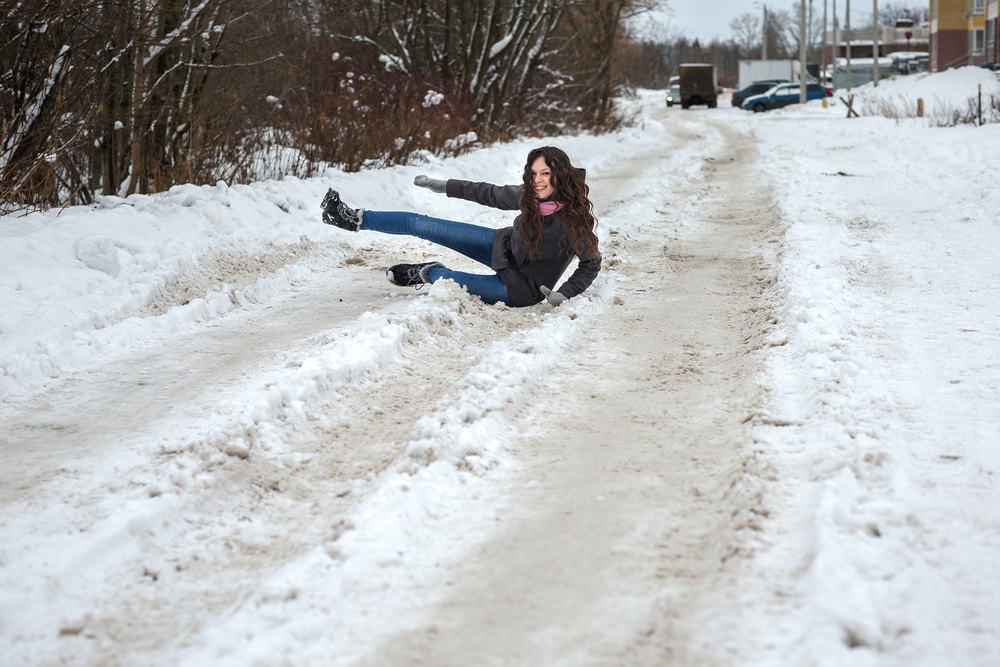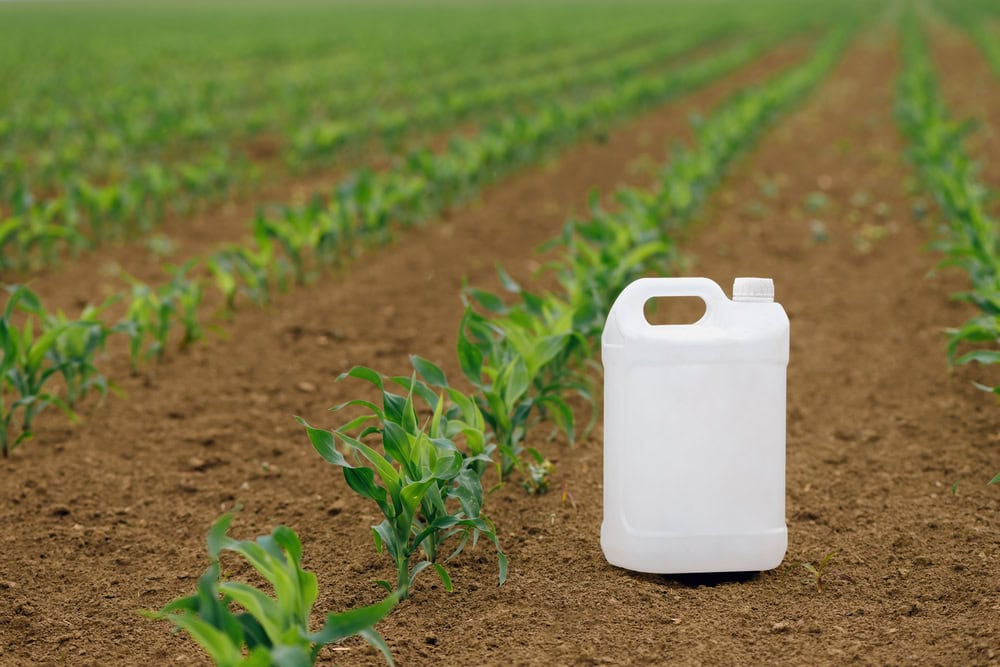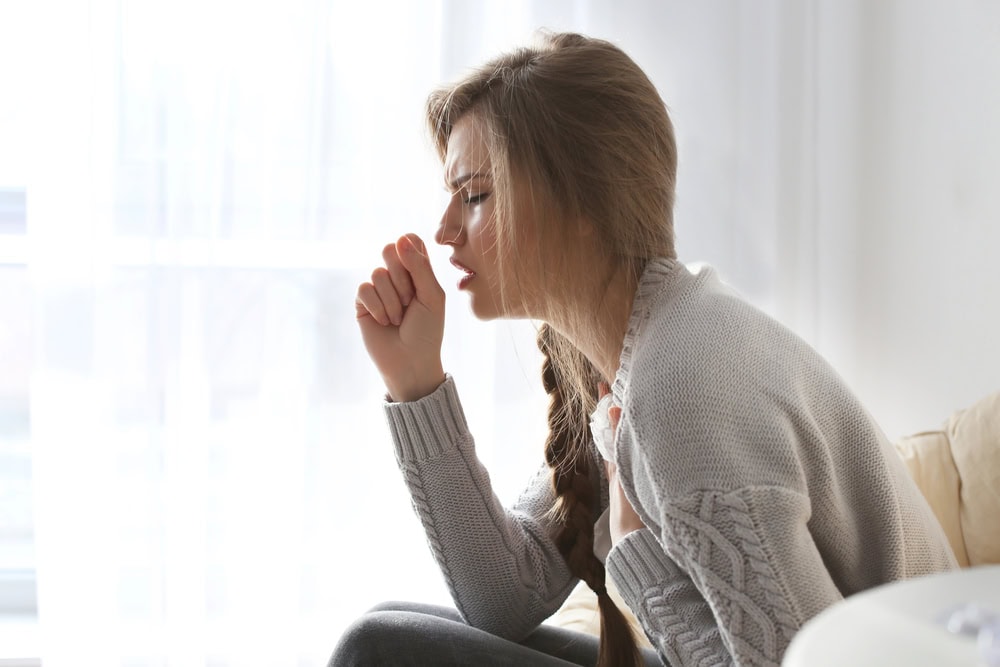More and more people have accidents in winter
Over the past ten years, accidents while walking and hiking have tended to increase during the winter months, according to Suva. However, many of the tripping and falling accidents could be avoided. Most accidents occur in January.

According to a Suva report around 5,300 people have accidents while walking or hiking each year in December, January and February. Yet a large number of these tripping and falling accidents could be prevented with simple measures. It is true that exercise in the fresh air is healthy even in the cold season. However, it is also important to wear appropriate clothing and shoes with a tread.
Work absences of up to three months
According to Suva statistics, accidents while walking and hiking during the winter months have tended to increase over the past ten years. While there were 3900 accidents in the year, in 2020, for example, there were already 5500 accidents on icy ground. According to Suva, most accidents occur in January, when temperatures usually drop even more.
Suva's statistics make people sit up and take notice: The six percent of accidents while walking on slippery terrain usually cause at least three months of lost work. Two accidents per year end fatally, and ten cases result in IV pensions. Accident insurers pay an average of 34 million Swiss francs annually for the consequences of careless winter walks.
Make sure you have winterized equipment
Most injuries usually affect the lower leg, ankle and foot. This is followed by injuries to the shoulders, elbows and arms. In third place are injuries to the hip, thigh and knee.
Suva also notes that physically fit people are usually more adept at balancing tricky situations due to snow and ice-covered surfaces. They usually have faster reaction times and better mobility.
Suva refers to eight general prevention tips:
- Check the current weather conditions before you leave the house.
- Wear winter-appropriate clothing and footwear with tread or spikes.
- Plan enough time for the way and/or the route. Because if you are in a hurry, you will fall faster.
- Use bright, high-visibility clothing and a flashlight and/or headlamp at dusk and/or in the dark.
- Use hiking poles. They give additional grip on slippery ground.
- Carry the cell phone in the inside pocket of the jacket. This keeps it always at hand and the battery lasts longer.
- Make sure you are fit enough: physically fit people are better able to handle tricky situations and are more likely to avoid slips and falls.
- Think of the others, too: Clear snow-covered entrances, paths and stairs.
Source: Suva









